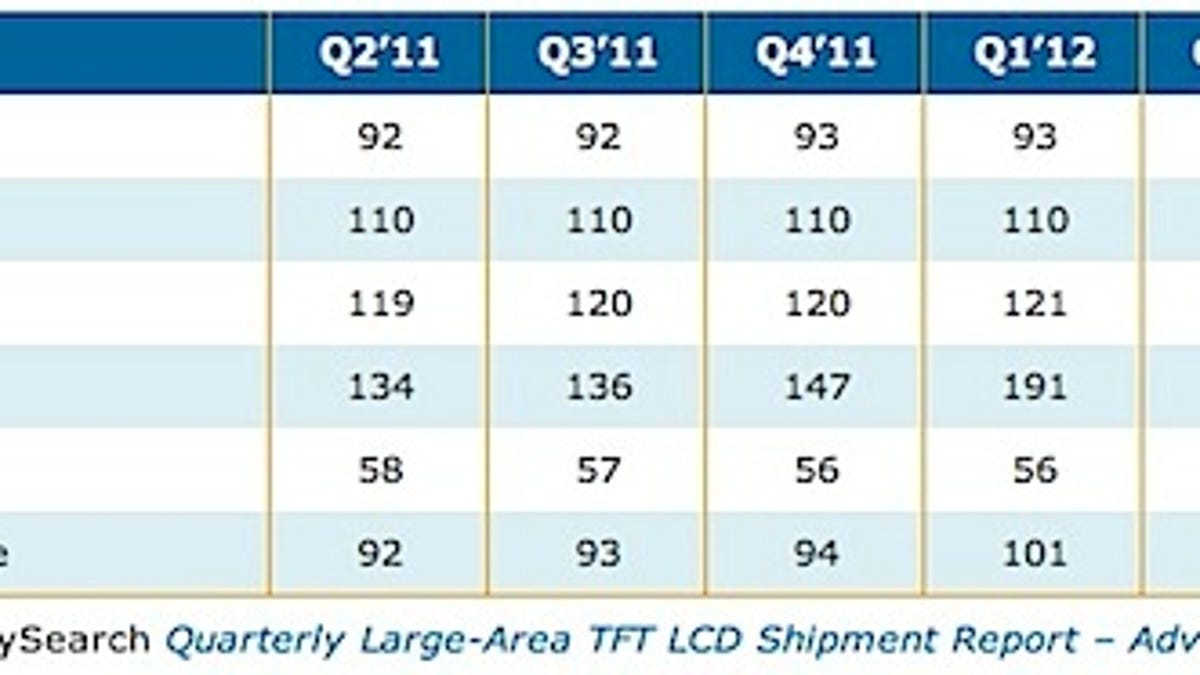Apple's iPad 3 to usher in pixel-packing tablets
The next-generation tablet's display will pack a pixel punch but it will have company in the Android tablet market.

Apple's next-gen iPad won't be the only new tablet design with lots more pixels. Market researcher DisplaySearch said today that the average pixel density of tablets will surge next year.
The forecast calls for the average resolution of tablet displays to grow to more than 200 pixels per inch (PPI) in the second quarter of 2012 (see chart above), according to David Hsieh, an analyst at NPD DisplaySearch. Currently, displays average just shy of 150 PPI.
The transition to very-high-resolution 9.7-inch tablet displays will begin with a bang on the iPad 3's 2048x1536 display likely due in the first quarter of next year. This is expected to have a PPI of 264, twice that of the iPad 2.
DisplaySearch's Richard Shim said Apple will pretty much eat up all supply of the 9.7-inch 2048x1536 displays. (Note that 9to5Mac has found new references by Apple to next-gen iPads here.)
But Apple isn't the whole story. Android tablet makers dominate the 10.1-inch display size and these will jump to resolutions of 1920x1200 at the high end, according to DisplaySearch. Right now, the top Android tablet makers making products in this size range include Samsung, Motorola, Acer, and Asus. It's highly likely that most or all of them will turn to higher resolution displays as more tablets are populated by faster silicon like Nvidia's Tegra 3, Qualcomm's Krait, and Texas Instruments OMAP 5.

